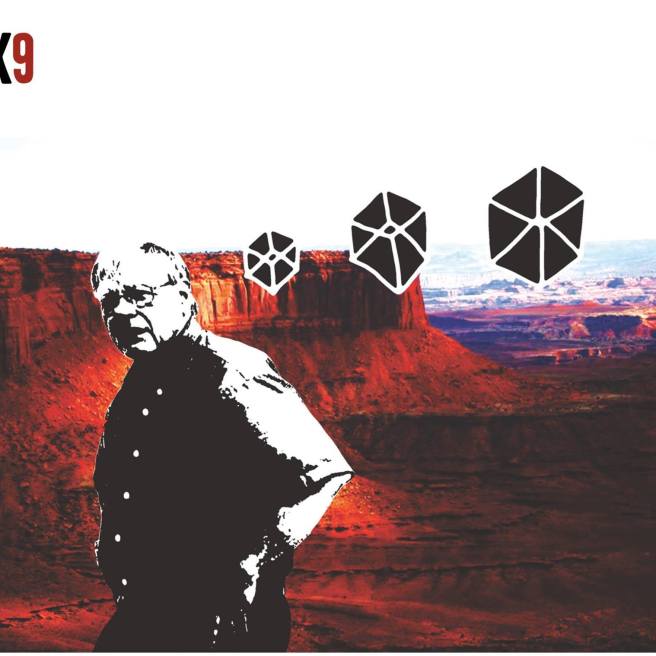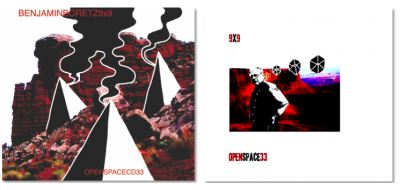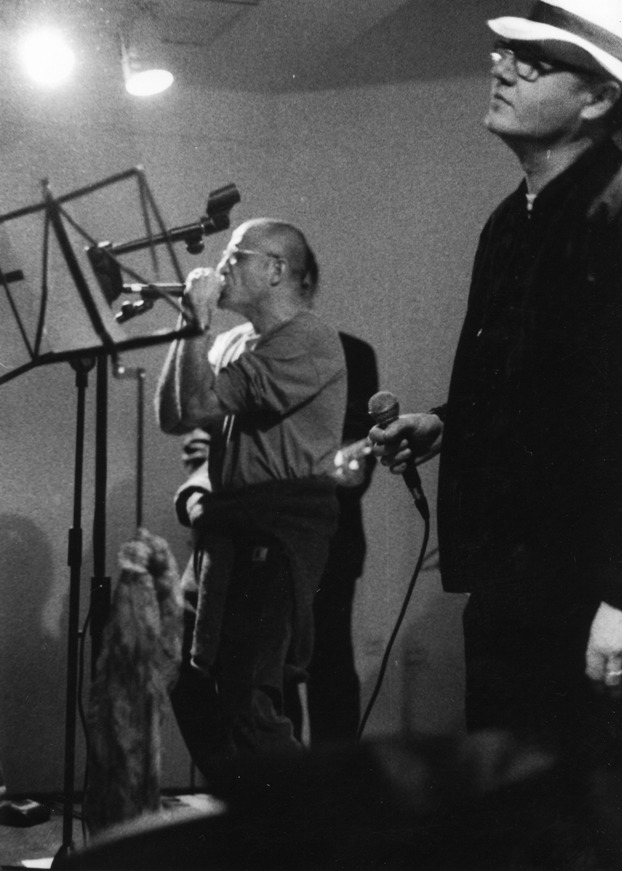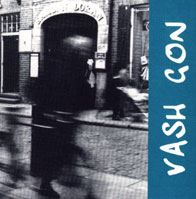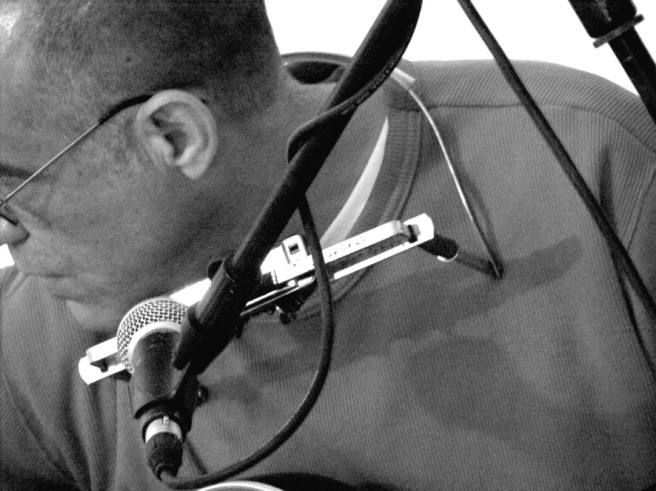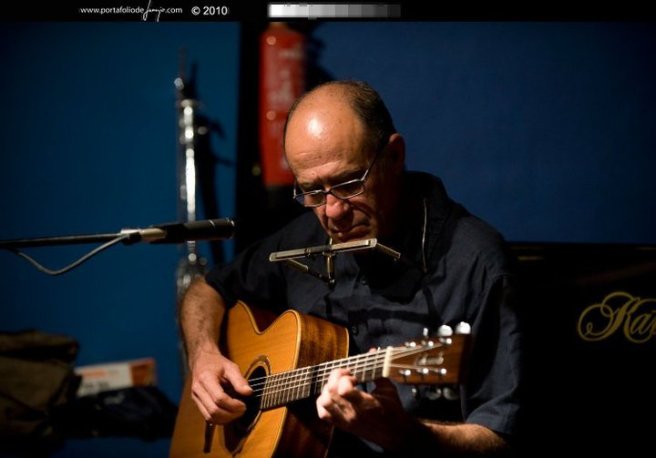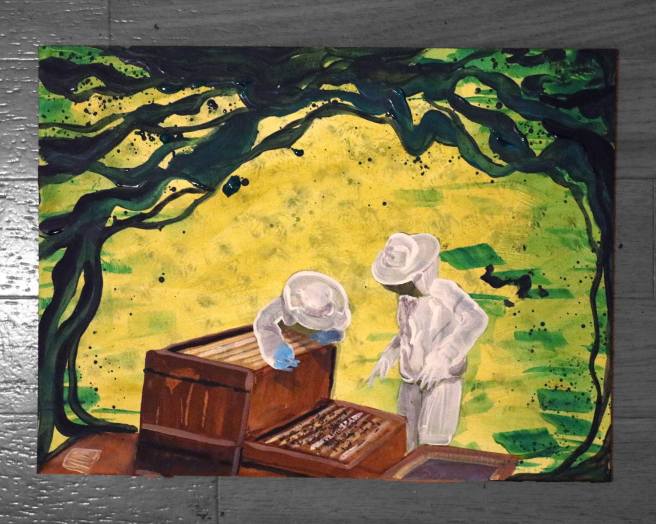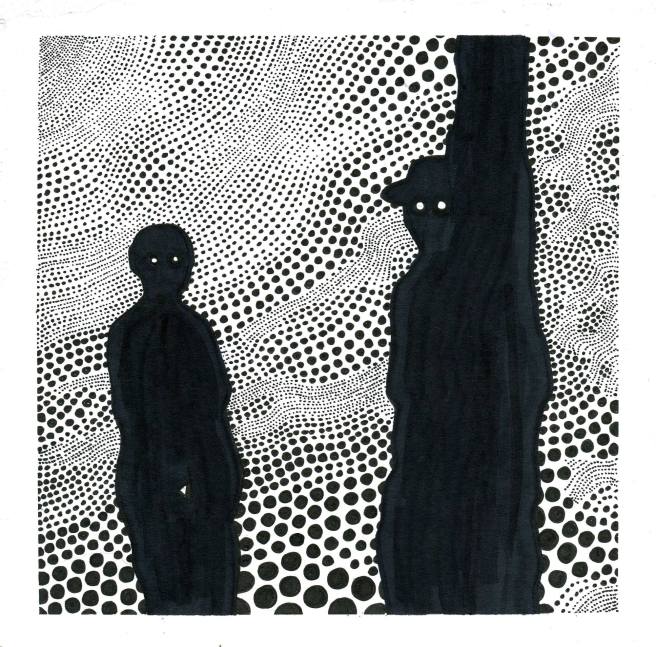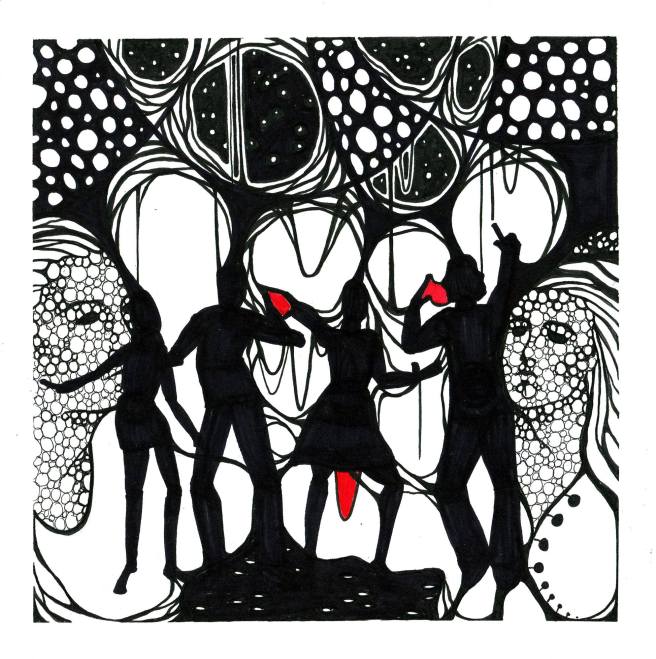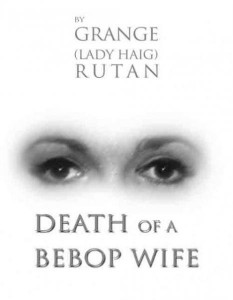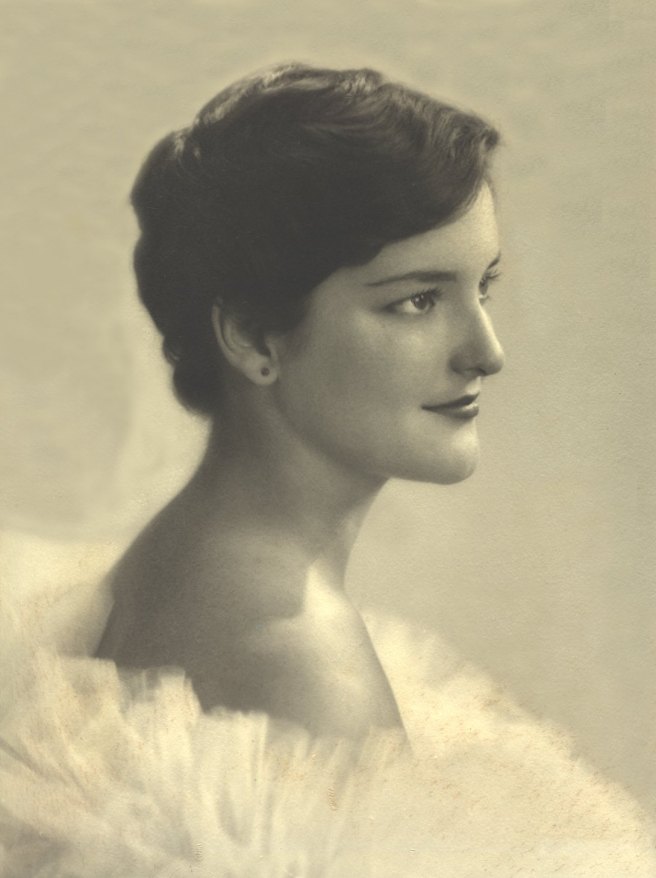RUSSELL CRAIG RICHARDSON. THE SILENT WANDERER OF ENLIGHTENMENT.
(Spanish and English version above)
Puede que solo llegues a ver una mínima parte de la impresionante creatividad de este hombre ilustrado. Una de sus premisas ontológicas es el “menos es más”. El silencio es su forma de llegar a la iluminación, allí donde otros practican el ruido. Conozco muy pocos artistas capaces de realizar videos como los de Russell Richardson. Lo mismo puedo decir de su fotografía y de sus escritos y guiones. Apenas veréis una pequeña parte de su gran obra, un atisbo. Es un inglés discreto que, en realidad, ha vivido más de la mitad de su vida fuera de Inglaterra, con lo cual su cultura y su forma de ser es una mixtura de actitudes y acerbos. No sólo es uno de mis mejores amigos, sino que es uno de los más grandes creadores y pensadores que conozco. Uno puede asomarse a parte de la obra que a pequeños sorbos nos deja ver, y preguntarse cómo es posible que no hayamos conocido antes su trabajo. Es silencioso y no pasea demasiado el ego.

Le conocí en Valencia en 1985. De él aprendí aspectos del idioma inglés que desconocía. Aprendí lo que significaban canciones como “Shipbuilding” o “Sea Song”, y todo lo que hay que saber sobre su colega Robert Wyatt. Me descubrió a Flann O’Brien y sus libros, como “The Dalkey Archive”, cuyo ejemplar original me regaló. Oh y el gran John Berger. y Samuel Becket… “Fail again /Fail better” es su consigna (y la mía). Por supuesto, como filósofo y como cineasta, primero en Francia y luego en USA, es un sabio: conozco pocos que sepan tanto de Tarkovski, Bergman, Buster Keaton, Godard o Victor Erice como él.
Cuando escribe puedo ver a John Berger, Becket, Wenders, Godard, pero sobre todo puedo ver su propio sello inconfundible.
En 1987 dejó Valencia y se fue a París. En 1988 nos encontramos en París y hablamos todo lo que nos dio tiempo sobre todo lo que nos gusta. No voy a decir todos los lugares en que ha estado o vivido porque el mapamundi se queda corto. (Se recorríó EE,UU. con una guitarra y una mochila con 20 años de costa a costa y de norte a sur como un perfecto wanderer).
https://www.imdb.com/name/nm0724756/bio

https://www.dispatchespoetrywars.com/author/russellcraigrichardson/
Si hablamos de música, no conozco mucha gente que sepa lo que él sabe: desde el rock progresivo al free jazz, desde el punk hecho por mujeres hasta la new wave, desde el folk hasta la música experimental. Y aunque puedes pasar meses con él, es posible que no lo veas apenas coger una guitarra y mostrarte todo lo que sabe.
Después de 1988 fuimos perdiendo el contacto. Ya en la primera década de este siglo XXI me localizó por teléfono, me comunicó que vivía en Woodstock (“he llegado 20 años tarde, ya sabes”) y reanudamos la correspondencia y los intercambios de material de video y música. Entonces dirigía la escuela de cine y video “Indie” en las afueras de Woodstock, y como buen personaje de Graham Greene, encaja perfectamente allí donde habita. Tiene ese don. Y no es el único. Sus dones más increíbles son aquellos que más cuesta conocer. No se esconde. Es que no hace ruido. Y piensa mucho.
Entropia. Russell C. Richardson.
En 2009 fui a Woodstock unas semanas. Como él y su maravillosa compañera Dorota habían preparado un par de recitales para mí, estuvimos una tarde-noche practicando dos canciones que él quería tocar con su guitarra eléctrica mientras yo las cantaba. “La Mejor Hora” y “Nada Se Pasa A Limpio”. También estuvo jugando con su guitarra eléctrica, su amplificador y un arco improvisado haciendo diabluras propias de Fred Frith, el Neil Young más salvaje o un Ornette del nuevo siglo. Al día siguiente las interpretamos y era como si hubiéramos estado toda la vida tocando juntos. “No es sencillo, es así de sencillo” (R. Carver). En el primer recital, en el Ayuntamiento de Woodstock se limitó a sentarse en un rincón grabando con su cámara de video. En el segundo recital en el Red Barn dejó la cámara a algunos de sus alumnos para poder tocar. Solo existe audio. Hay un video de mi estancia allí que él tituló “Érase Una Vez”.
He llegado, con los años, desde 1989, a encontrar mi propia voz y estilo a base de mucho trabajo y mucha interpretación, pero ha habido unas pocas personas que me han influido con sus palabras y sus actos. Russell Richardson es una de ellas. El decía “La voz, la voz… eso es lo que importa”.

En su página de Vimeo se pueden ver algunas de sus obras y hacerse una idea del talento de este inglés al que tuve la suerte de conocer un día en que los dioses propiciaron nuestro encuentro.
© Fernando Garcin Romeu, 5 Noviembre, 2018.
(ENGLISH VERSION)
You may only get to see a small part of the impressive creativity of this enlightened man. One of its ontological premises is the «less is more». Silence is his way of reaching enlightenment, where others practice noise. I know very few artists capable of making videos like those by Russell Richardson. The same can be said about his photography and his writings and scripts. You will hardly see a small part of his great work, a glimpse. He is a discreet Englishman who, in fact, has lived more than half of his life outside of England, with which his culture and way of being is a mixture of attitudes and acerbic. Not only is he one of my best friends, but he is one of the greatest creators and thinkers I know. One can look at part of his work he lets us see, small sips, and wonder how it is possible that we have not known their work before. It is silent and the ego does not get out too much.
I met him in Valencia in 1985. From him I learnt aspects of the English language I did not know. I learnt what songs like «Shipbuilding» or «Sea Song» meant, and everything there is to know about his colleague Robert Wyatt. He let me know about Flann O’Brien and his books, like «The Dalkey Archive», whose original copy he gave me. Oh and the great John Berger(whose birthday was also november 5th), and Samuel Becket … «Fail again / Fail better» is his slogan (and mine). Of course, as a philosopher and as a filmmaker, first in France and then in the USA, he is a wise man: I know few who know as much about Tarkovsky, Bergman, Buster Keaton, Godard or Victor Erice as he does.
When he writes I can see John Berger, Becket, Burroughs, Wenders, Godard, but above all I can see his own unmistakable stamp.
In 1987 he left Valencia and went to Paris. In 1988 we met in Paris and talked about everything that gave us time, about everything we like. I will not say all the places he has been or lived because the world map falls short. (He traveled through the US with a guitar and a backpack with 20 years from coast to coast and from north to south as a perfect wanderer).
If we talk about music, I do not know many people who know what he knows: from progressive rock to free jazz, from punk made by women to the new wave, from folk to experimental music. And although you can spend months with him, you may not see him just pick up a guitar and show you everything he knows.
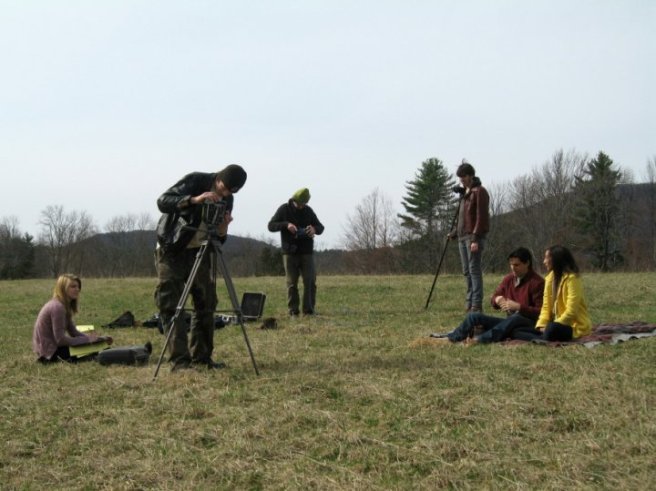
(R.C.R. the cameraman)
After 1988 we lost contact. In the first decade of this 21st century, he located me by phone, he told me that he lived in Woodstock («I have arrived 20 years late, you know») and we resumed correspondence and exchanges of video and music stuff. Then he was the director of the film and video school «Indie» outside of Woodstock, and as a good character of Graham Greene, I know he fits perfectly where he lives. He has that gift. And it’s not the only one. His most incredible gifts are those that are more difficult to know. He does not hide them. It is that he does not make noise. And he thinks a lot.
In 2009 I went to Woodstock for a few weeks. As he and his wonderful wife and poet Dorota Czerner had prepared a couple of recitals for me, we spent one evening practicing two of my songs that he wanted to play with his electric guitar while I sang them. «The Best Hour» and «There is No Dress Rehearsal». He was also playing with his electric guitar, his amplifier and an improvised bow doing a mischief of Fred Frith, the wildest Neil Young or an Ornette from the new century. The next day we played them and it was as if we had been playing together all our lives. «It’s not simple, it’s that simple» (R. Carver). In the first recital, at Woodstock City Hall he just sat in a corner recording with his video camera. In the second recital at Red Barn he left the camera to some of his students to play guitar. There is only audio. Though, there is a video of my stay there that he titled «Once Upon A Time».
I have come, over the years, since 1989, to find my own voice and style based on a lot of work and a lot of performances, but there have been a few people who have influenced me with their words and their actions. Russell Richardson is one of them. He told me: «The voice, the voice … that’s what matters».
On his Vimeo page you can see some of his works and get an idea of the talent of this English man who I was fortunate to know one day when the gods took us to meet each other.
WATCH ALL HIS WORKS ON VIMEO:
https://vimeo.com/user5058646
«On ne reçoit pas la sagesse, il faut la découvrir soi-même après un trajet que personne ne peut faire pour nous, ne peut nous épargner.»/ «We are not provided with wisdom, we must discover it for ourselves, after a journey through the wilderness which no one else can take for us, an effort which no one can spare us.» (Marcel Proust)
«Degrees of perfection: a video perfect in its birthday suit (naked first incarnation) becomes a polyphonic startrip in the mysterious innuendoes of its new amplification, saying more is more just as less is as well.» (Benjamin Boretz)
© Fernando Garcin Romeu, 5 Noviembre, 2018.


